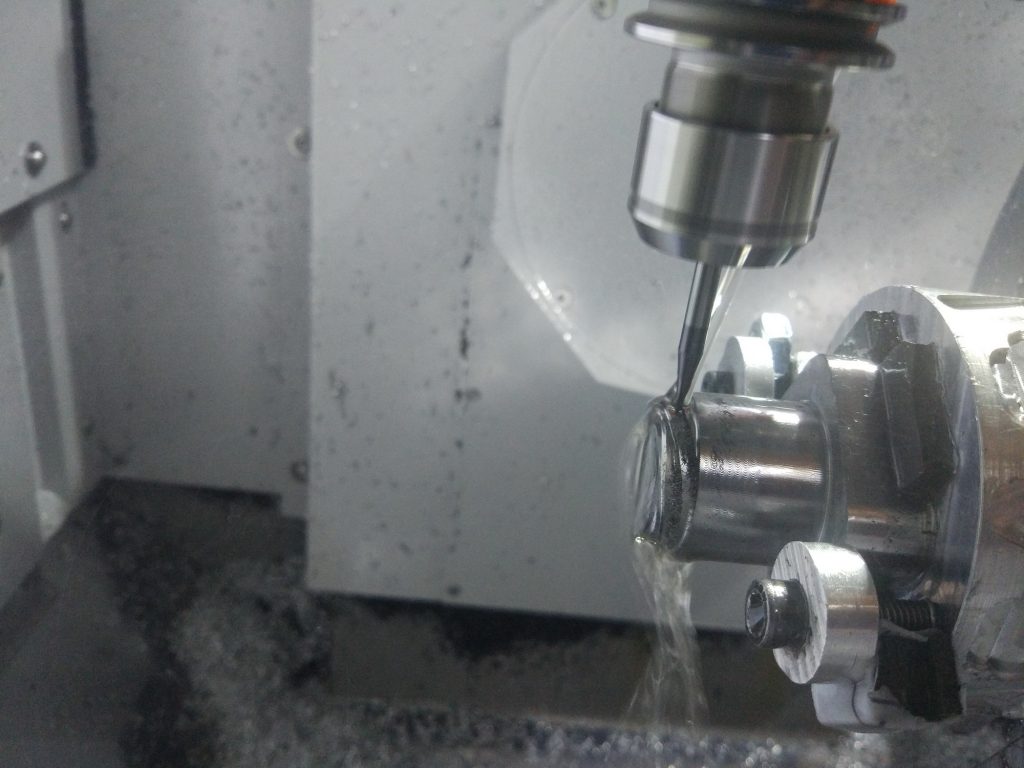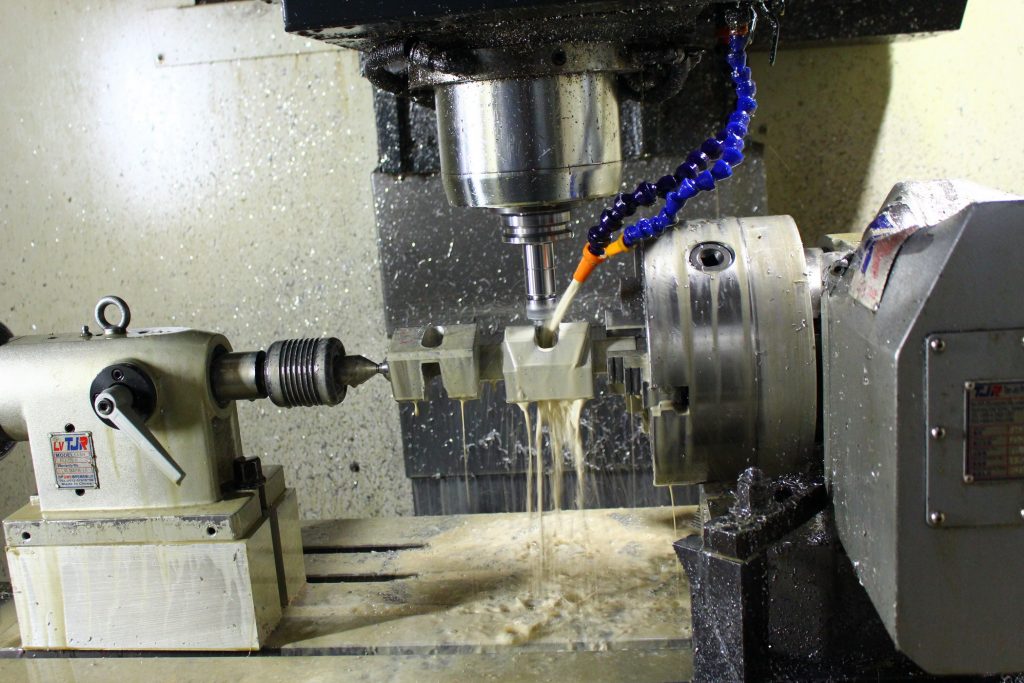4 Axis CNC machining for On-Demand manufacturing
Besides rapid tooling and plastic injection molding, we also provide rapid prototyping and on-demand manufacturing services. Therefore, we usually receive some enquiries that include a various of complicated components need to machine, and most of them have strict tolerances.
As we know, there are several normal process to manufacture this kind of parts, such as 3D printing and Conventional CNC machining (3 axis). However, for 3D printing, limited material option,weak strength and rough surface finish is a bug at this stage. For 3 axis CNC machining, there are several key problems need to be solved: such as determining a set of orientations, creating layer-based toolpaths, and the creation of a fixture plan.
If part features need to be machined from several different orientation, a re-setup is required. Unfortunately, many complex parts cannot be easily re-setup and the setting of orientations which is for machining the entire set of surfaces is difficult to determine。Moreover, since the part has to be setup several times, the cost is raising up and the tolerance will be affected by the setup process

Therefore, 4 axis milling maybe the best solution to make that part in order to achieve the precision and save time cost. Briefly, 4th axis milling means continually rotate the part while an end mill machines a set of parallel surface contours oriented orthogonal to the rotation axis.
In 4 axis machining, the purpose for the support structures is not always the same, however the general intention is retained. That’s to have a fixture proposal and is customized for every unique component. Especially for this job, the fixture supports can allow the part to be rotated around the axis, and providing feeding access to as much of the part surface as possible. In conventional 3 axis machining, we often utilize vices, clamps, vacuum surfaces to achieve fixturing. Yet these methods occlude visibility to huge amount of the part.

4 axis CNC machining enables the automation of mill process and fixturing scheme by using a set of rotated special toolpaths from different orientations about an axis of rotation. The method was based on a goal of automating the time-consuming process planning tasks that are typically performed by an experienced machinist. In spite of this geometric complication, this technique performed quite well. Prototypes created by 4 axis milling will be readily usable for testing the functional requirements of new designed-product.
